Eileen Gray / Le Corbusier [E1027 + 123]
From the construction sites of Berlin to the housing built by Fernand Pouillon in Algiers in the 1950s, Stéphane Couturier rethinks the relationship between the photographic medium and its supposedly objective nature. Through the superimposition of several images, the artist composes tableaux of great diversity of form and color, combining abstraction and documentary.
The “E-1027 + 123” series explores the Villa E-1027, a modernist work designed in 1926 by Eileen Gray and Jean Badovici in Roquebrune-Cap-Martin, named according to a code uniting their respective names (E for Eileen, 10 for Jean's J, the tenth letter of the alphabet, 2 for Badovici's B, 7 for Gray's G). In 1938 and 1939, Le Corbusier intervened in the house, with Badovici's agreement, and painted frescoes on the walls.
By superimposing the architecture of the building, the painted frescoes, the furniture and the exterior space, Stéphane Couturier merges the eras, reinvents the space and sketches out the history of this emblematic place. The book brings together some thirty large-format photographs, offering the viewer a wealth of detail and revealing the “synthesis of the arts” at play in this architectural ensemble.
Published to coincide with the eponymous exhibition presented at the Abbaye de Montmajour during the Rencontres d'Arles 2025, this book brings together the entire “E-1027 + 123” series. An essay by Nathalie Herschdorfer, art historian and director of Photo Elysée in Lausanne, places the work in its proper context.
Stéphane Couturier
Eileen Gray / Le Corbusier [E1027 + 123]
From the construction sites of Berlin to the housing built by Fernand Pouillon in Algiers in the 1950s, Stéphane Couturier rethinks the relationship between the photographic medium and its supposedly objective nature. Through the superimposition of several images, the artist composes tableaux of great diversity of form and color, combining abstraction and documentary.
The “E-1027 + 123” series explores the Villa E-1027, a modernist work designed in 1926 by Eileen Gray and Jean Badovici in Roquebrune-Cap-Martin, named according to a code uniting their respective names (E for Eileen, 10 for Jean's J, the tenth letter of the alphabet, 2 for Badovici's B, 7 for Gray's G). In 1938 and 1939, Le Corbusier intervened in the house, with Badovici's agreement, and painted frescoes on the walls.
By superimposing the architecture of the building, the painted frescoes, the furniture and the exterior space, Stéphane Couturier merges the eras, reinvents the space and sketches out the history of this emblematic place. The book brings together some thirty large-format photographs, offering the viewer a wealth of detail and revealing the “synthesis of the arts” at play in this architectural ensemble.
Published to coincide with the eponymous exhibition presented at the Abbaye de Montmajour during the Rencontres d'Arles 2025, this book brings together the entire “E-1027 + 123” series. An essay by Nathalie Herschdorfer, art historian and director of Photo Elysée in Lausanne, places the work in its proper context.
Bilingual English–French
Hardcover, 24 x 31 cm
80 pages
38 color photographs
Photographs
Stéphane Couturier
Text
Nathalie Herschdorfer
Exhibition
Eileen Gray / Le Corbusier
[E1027 + 123]
The Rencontres d’Arles
Abbaye de Montmajour
From July 7 to October, 5 2025
This work was supported by Galerie Christophe Gaillard, Paris
Link to the video bookflip


![Eileen Gray / Le Corbusier [E1027 + 123] Eileen Gray / Le Corbusier [E1027 + 123]](/img/p/1/4/8/7/0/14870.jpg)
![Eileen Gray / Le Corbusier [E1027 + 123] Eileen Gray / Le Corbusier [E1027 + 123]](/img/p/1/4/8/4/6/14846.jpg)
![Eileen Gray / Le Corbusier [E1027 + 123] Eileen Gray / Le Corbusier [E1027 + 123]](/img/p/1/4/8/4/7/14847.jpg)
![Eileen Gray / Le Corbusier [E1027 + 123] Eileen Gray / Le Corbusier [E1027 + 123]](/img/p/1/4/8/4/8/14848.jpg)
![Eileen Gray / Le Corbusier [E1027 + 123] Eileen Gray / Le Corbusier [E1027 + 123]](/img/p/1/4/8/4/9/14849.jpg)
![Eileen Gray / Le Corbusier [E1027 + 123] Eileen Gray / Le Corbusier [E1027 + 123]](/img/p/1/4/8/5/0/14850.jpg)
![Eileen Gray / Le Corbusier [E1027 + 123] Eileen Gray / Le Corbusier [E1027 + 123]](/img/p/1/4/8/5/1/14851.jpg)
![Eileen Gray / Le Corbusier [E1027 + 123] Eileen Gray / Le Corbusier [E1027 + 123]](/img/p/1/4/8/5/2/14852.jpg)
![Eileen Gray / Le Corbusier [E1027 + 123] Eileen Gray / Le Corbusier [E1027 + 123]](/img/p/1/4/8/5/3/14853.jpg)
![Eileen Gray / Le Corbusier [E1027 + 123] Eileen Gray / Le Corbusier [E1027 + 123]](/img/p/1/4/8/5/4/14854.jpg)
![Eileen Gray / Le Corbusier [E1027 + 123] Eileen Gray / Le Corbusier [E1027 + 123]](/img/p/1/4/8/5/5/14855.jpg)
![Eileen Gray / Le Corbusier [E1027 + 123] Eileen Gray / Le Corbusier [E1027 + 123]](/img/p/1/4/8/5/6/14856.jpg)
![Eileen Gray / Le Corbusier [E1027 + 123] Eileen Gray / Le Corbusier [E1027 + 123]](/img/p/1/4/8/5/7/14857.jpg)
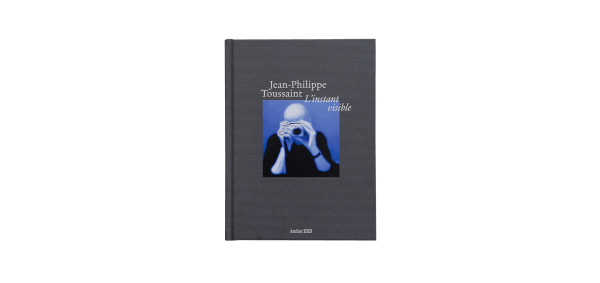
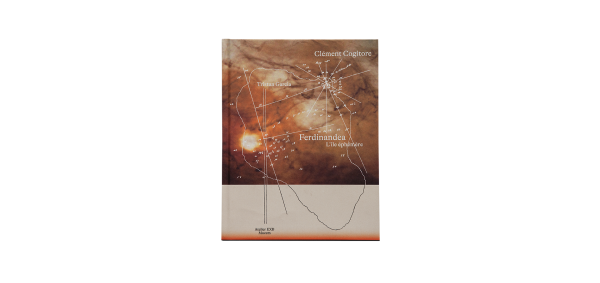
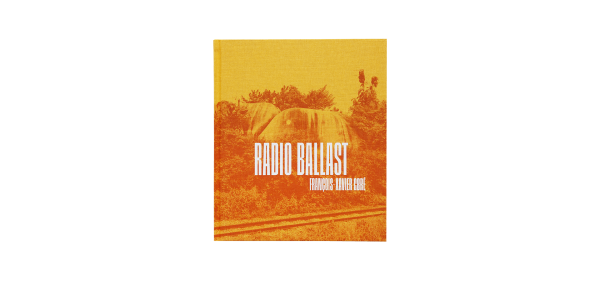

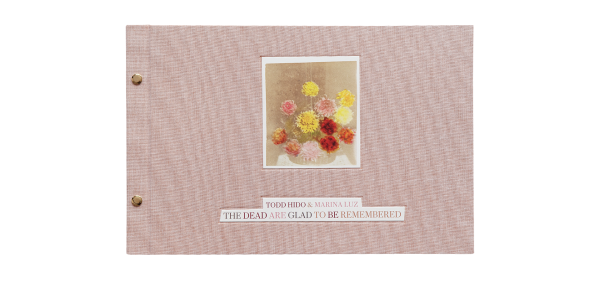


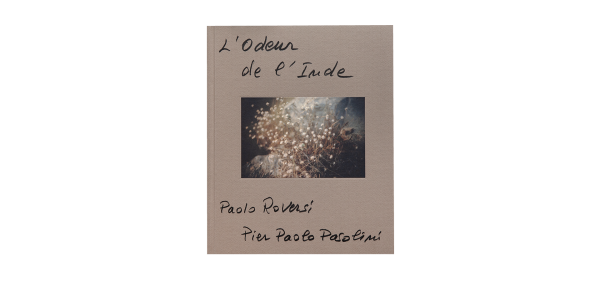
 see the whole catalog
see the whole catalog